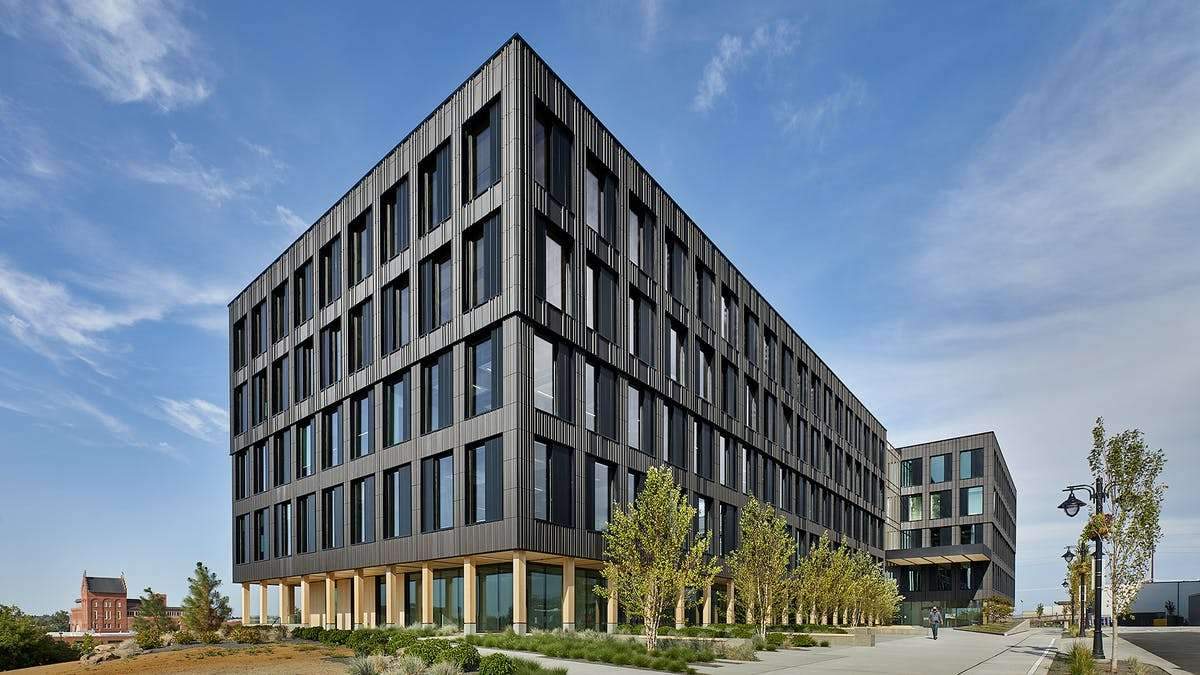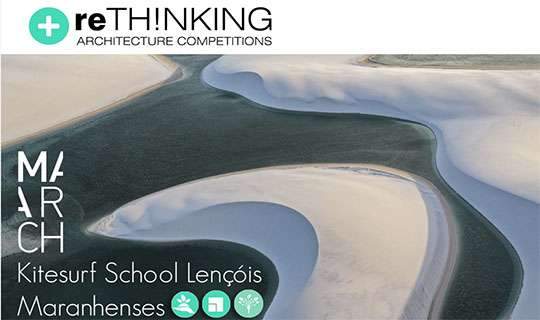Two pioneering projects are recognized with the AIA’s 2020 Innovation Awards: the Catalyst Building in Spokane, Washington, a mass-timber, zero-energy, zero-carbon project designed by Michael Green Architecture and Katerra, won within the Holistic Design category; BHoM Life Cycle Assessment Toolkit, an open-source software tool developed by Buro Happold to live embodied carbon within building design, triumphed within the Development of Design or Design-Thinking category.
Catalyst Building in Spokane, Washington
Design Architect: MGA | Michael Green Architecture
Architect of Record: Katerra
Project summary: “Born of close collaboration and a group of shared values, Spokane’s Catalyst Building may be a testament to the very fact that wood buildings can meet and exceed the performance of their steel and concrete counterpoints. Composed of quite 4,000 cubic meters of cross-laminated timber and glulam products, it’s expected to be one among the most important buildings in North America to realize Zero Energy and 0 Carbon certifications from the International Living Future Institute.”

“The team employed variety of mass timber solutions where steel, concrete, or framed systems would be traditionally called upon. The resulting 165,000-square-foot, five-story, high-performing building was delivered for fewer than $250 per sq ft . Perhaps more importantly, a life cycle assessment has demonstrated that the timber’s carbon storage almost completely offsets the carbon impact generated by construction. […] The innovative use of timber within the primary structure, lateral shear walls, and exterior walls required the planning and build teams to collaborate closely to develop smart construction and installation solutions, chief among them prefabricated systems. the outside walls were partially prefabricated off-site to permit for faster dry-in times and to scale back exterior trade coordination. Similarly, the ribbed floor panels and slat walls found within the lobby were also prefabricated in an attempt to scale back field labor.”

“A number of passive strategies were employed for the building, including rainwater capture, envelope design supported the Passive House Standard principles, and sturdy material application with a design anticipation of 75 years. it’s also topped with a big solar photovoltaic array which will generate upward of 300,000 kilowatt-hours per annum . Adjacent to the Catalyst Building, the Scott Morris Centre for Energy Innovation houses the centralized heating, cooling, and electrical systems for the Innovation District. this technique includes solar panels, battery, and thermal storage, and is managed through a sensible grid that permits for real-time, automated energy management, leading to lower energy consumption and expense.” ~ Click here to read more about this project.
BHoM Life Cycle Assessment Toolkit
Architect: Buro Happold

“Buro Happold launched BHoM as a knowledge exchange network in 2016, seeking to create a stable framework for the code generated by architects and engineers across the planet . Its initial goals were to make how to share that code across the various platforms designers use a day , leading to quite 60 adapters for various software and toolkits. Buro Happold released BHoM to the whole profession in 2018 and has continued to refine it further by collaborating with other open-source projects. Since then, the amount of code contributors from both inside and out of doors the firm stands at 87.”


“Free access to the tool allows users to require embodied carbon measurements at any point within the design process, facilitating better material selection. It leverages the many experience of Buro Happold’s sustainability, structures, and MEP teams to incorporate a full suite of datasets and environmental impact calculation methods. By opening it up to the whole profession, Buro Happold hopes to still improve its methods supported the input it receives.” ~ Click here to read more about the project.
The award jury included Violet Whitney, Chair, SideWalk Labs, New York, NY; Chris Giattina, BLOX, Bessemer, AL; William Zahner, Hon. AIA, A Zahner Company, Kansas City, MS; Yanel deAngel, AIA, Perkins+Will, Boston, MA; and Charlie Williams, AIA, LPA, Irvine, CA.







